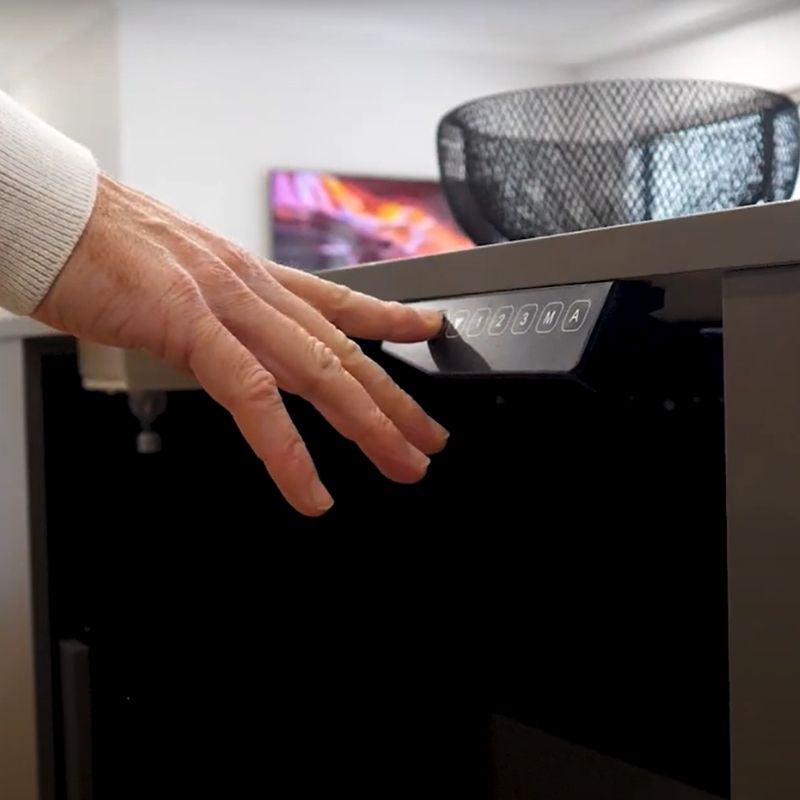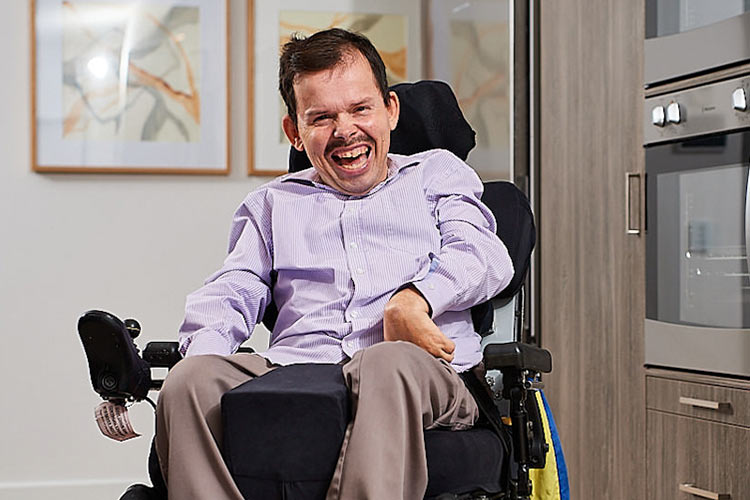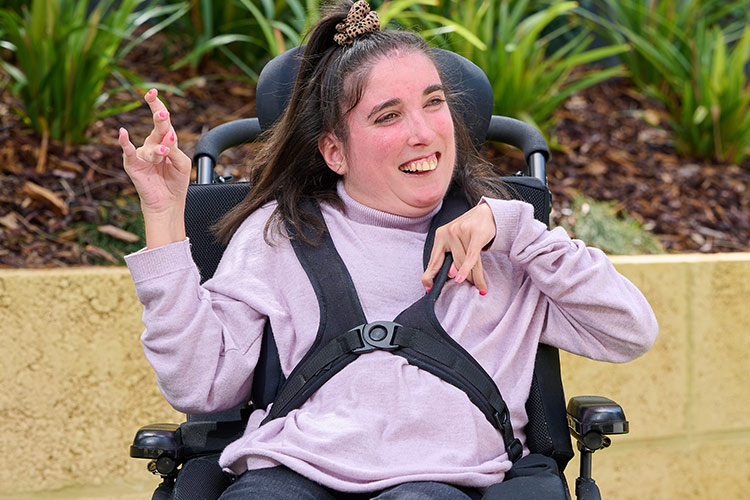Technology & Disability : 5 Ways Assistive Technology Benefits People Living With a Disability
In ways never imagined possible, smart technology is changing the way people with a disability live.
An accessible home no longer just means ramps, wide doorways and grab bars. Technology and disability now go hand-in-hand. A new generation of assistive technology can help people with a disability by increasing their independence, safety, and control.
Having immediate access to a hand-held device with multiple functions is something most of us have become accustomed to… Have a question? Ask Alexa. Need information? Ask Google. Smart technology has helped us to be organised and to complete tasks much more efficiently to the point where we can’t imagine life without it.
The NDIS has set out guidelines for disability housing that ensure all participants can take part in home and community life with the greatest possible independence and choice. Assistive Technology plays a huge part in this.
The introduction of this kind of technology into Specialist Disability Accommodation is enabling those with a disability to control their living environment and spaces within the home with a simple command.
For those who are non-verbal, the technology can be used in various ways, so if someone is unable to say “Alexa, turn off the lights” they can touch a button on their device – or even their wheelchair.
Doug Crockett from Intelligent Home, one of Sana Living’s Assisitve Technology partners said, “The level of automation that Sana Living include in their homes, allows additional automation modules to be added by Participants if desired, (using their NDIS funding), to tailor their apartments and homes specifically for their requirements. This can further contribute to the Participant’s personal goal achievement, a fantastic platform that Sana has provisioned.”
Intelligent Home provided us with a huge list of all the ways that Assistive Technology can enhance someone’s living experience when, for whatever reason, they require support in their home.

We’ve gone through that list and narrowed it down to the top 5 best ways that smart technology, when integrated into a home, can improve the lifestyle of people with disabilities.
1. CONTROLLING THE ENVIRONMENT:
Regardless of someone’s ability, assistive technology allows someone with a disability to have complete control over their environment using either voice-activated technology or App controlled devices.
This technology can control things like the amount of light in a room, the temperature of a room, and even the amount of fresh air in a room.
Using either voice activation or app controls, someone can perform any of the following:
- Turn lights on or off and adjust light settings
- Turn air conditioners on or off and adjust temperature as desired
- Open or close blinds and doors
- Turn the TV on or off and switch channels
That control gives the individual the choice and independence they deserve – which leads to the next way in which Assistive Technology improves the lives of those with a disability…
2. INCREASE IN CONFIDENCE
For someone with a disability, living with independence isn’t always within reach.
Accessibility leads to more opportunities for independence – and greater independence leads to increased self-confidence.
The inability to make choices or do simple things around the home can generate a sense of inadequacy, incompetence, or lack of confidence. Having the autonomy to make choices about not only the environment, but being able to participate in household tasks and activities is empowering and creates a sense of purpose.
In addition, the peace of mind and confidence that comes from knowing help can be accessible with the touch of a button allows a sense of security that also generates confidence.
3. REDUCED RISK FOR ACCIDENTS
Innovative technology using Artificial Intelligence can provide an added layer of security. Systems that are intelligently controlled can prevent risks of potential accidents. For example, not having to struggle with keys at a home’s entry can give someone manoeuvring a wheelchair more security and independence and reduce the chance of getting locked out. Below, Doug from Intelligent Home shows us how easy automated key-less entry works.
In the instance where a home is built under the High Physical Support Design category, and Overnight Onsite assistance is required, the support coordinator providing the assistance can be alerted at any time with the touch of a button.
Assistive technology provides fast access to emergency services when they are required. The video below shows how a button can be pressed and notify the need for assistance in the main living area or carer’s room at any time.
Automated scenes for lighting, blinds, windows, and air conditioning can work together with door locks to trigger “goodbye” or “welcome home” sequences within the home.
Incorporating these features mean that Sana Living Participant’s no longer need to worry about forgetting to lock doors or turn air conditioner off.
4. INCREASED PRIVACY
Smart technology can provide privacy for residents in the home by reducing the dependence on others, including family members or carers.
Closing a bedroom door at any time without having to ask for assistance, turning the lights off and closing the blinds at bed-time, instead of waiting for someone to come into the room, also means more privacy.
The video below shows Sana Living’s Accommodations Manager Adrian, setting the scene for bed time.
5. REDUCED COST OF LIVING
Technology solutions can often multi-task to reduce costs. For example, lighting control systems provide an accessible control system, plus they can also be programmed to illuminate the home at a particular level to save energy costs.
Many assistive technology systems are modular, meaning that if the resident’s needs change, new devices can be introduced without having to change and learn a whole new system.
Depending on the Design Category, the type of dwelling, and the number of participants within the dwelling, the technologies may vary.
Sana Living aim to provide easy-to-operate assistive technology, in as many areas of the home as possible. Every Sana Living property will include the following assistive technologies:
- Intercom and security cameras
- Automated key-less entry including facial recognition
- Automated black out Curtains or blinds
- Automated bedroom doors
- Automated doors to outside courtyard in group settings
- Smart lighting
- Adjustable kitchen benchtops
The future of technology and disability
In a previous news article, we showed how some of the assistive technologies included in the home can be programmed to function from the arm of a wheelchair. This is just the beginning of technology and disability.
For those with a disability unable to use their arms or hands, technology is being engineered to allow control of the home environment using head switch movements or sip and puff technology.
If you or someone you know could be eligible for SDA, please get in touch.


 Disability Housing WA
Disability Housing WA Disability Housing SA
Disability Housing SA Disability Housing QLD
Disability Housing QLD


